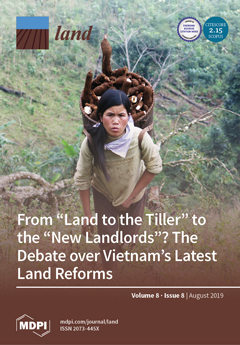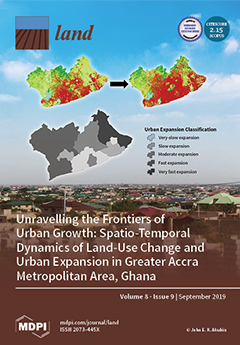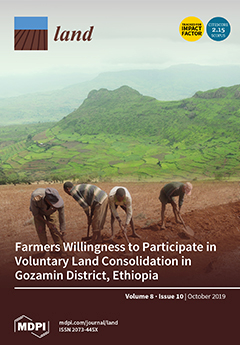Beef Cattle Production Systems in South Pantanal: Considerations on Territories and Integration Scales
Pantanal is one of the largest wetlands in the world. In its southern portion, it hosts significant beef cattle ranching, having a herd of 4,832,200 head of cattle in 2016 (IBGE, 2018). Yet it presents intra-regional differences and complementarities. This article discusses such current territory definition, focusing on cattle ranching in Pantanal, considering its forms of occupation, agents, and its intra-regional flow of cattle.







